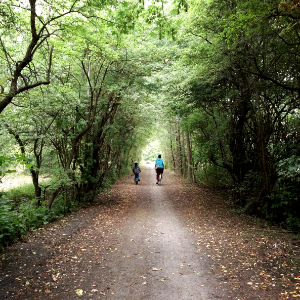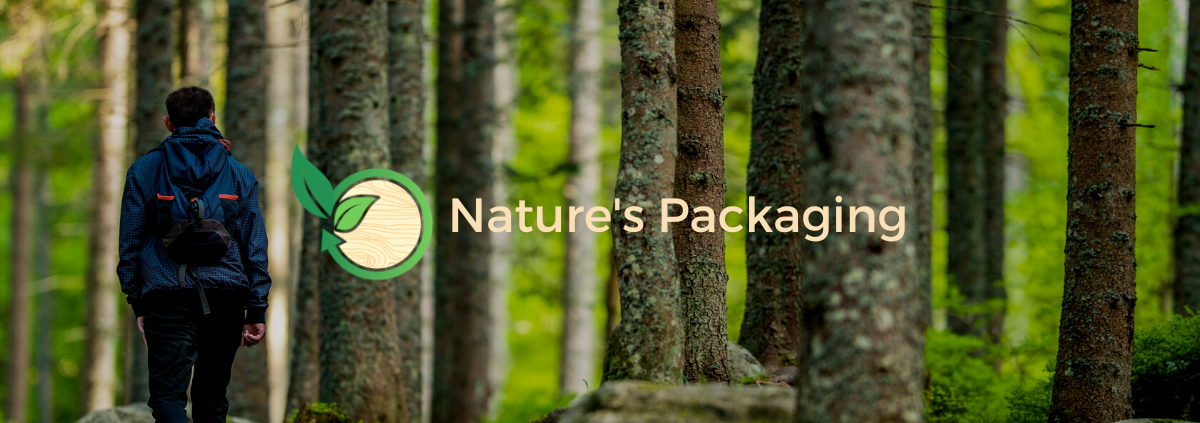What are the Different Parts of a Tree?
When you look at a tree, do you usually see it as a singular object? You may notice that one is different from the other, but don’t often stop to wonder why. The forest products industry believes that the more we know about trees, the more responsibly we can manage our forests.
Though they seem very different from flowers and grasses, trees are perennial plants. The trunk is a very long stem that supports branches, leaves, flowers, fruit, and seeds.
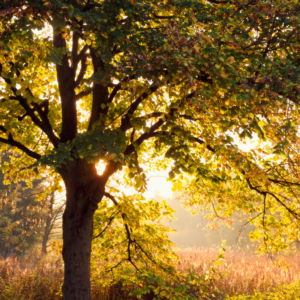
All trees gather light through their leaves and use that for fuel in a process called photosynthesis.
It is that same trunk that makes trees different from other plants. Containing woody fiber, the trunk is strong and allows trees to grow taller than other plants. The trunk of a tree grows both up and out.
Counting Rings
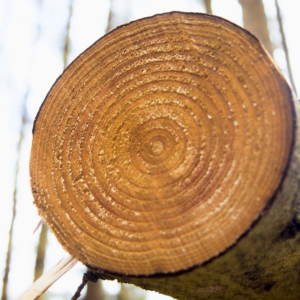
Most of a tree’s trunk is not living. Only the outermost portion, just beneath the bark, is functioning. That living layer is called the cambium and it produces two secondary layers that do all the heavy lifting to sustain the tree.
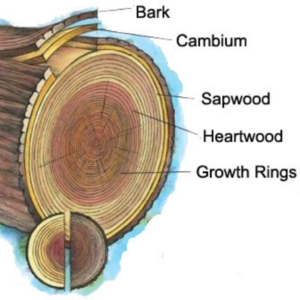
The outer layer is the phloem, carrying the nutrients from photosynthesis down from the leaves to the rest of the tree. The inner layer, the xylem (also called sapwood), is how water is transported upward from the tree’s roots.
Each year the tree grows new layers. The old phloem becomes bark to protect the outside of the tree. The old xylem becomes part of the inner heartwood that supports the rest of the tree.
The death of old layers and the birth of new ones produce the rings that indicate the age of a tree. Each year, a tree produces two rings, one in the spring and one in the summer, as the trunk grows.
Determining tree age can be done by counting rings from a felled tree or a core sample. It can also be done based on the circumference of a tree, accounting for that species growth rate.
Every species grows at its own rate. Some, like the deciduous Hybrid Poplar, grow quickly (up to eight feet of vertical growth per year). Others, like the deciduous Bur Oak (less than 12 inches per year) or the coniferous Eastern Hemlock (12-24 inches per year) grow much more slowly.
If you’re tree planting, consider how quickly you want a tree to reach its full height. You may choose a quick-growing species for shade or privacy or a slow-growing one that won’t shade your garden too quickly.
Determining the age of a tree by its diameter is best completed by an arborist since diameter growth depends on both species and environmental conditions.
Bits and Pieces
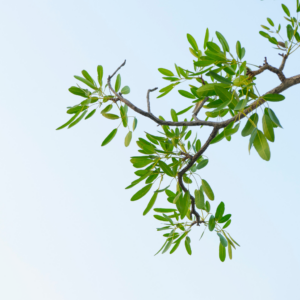
In addition to a trunk, every tree has branches and twigs. These hold leaves, flowers, and fruit, allowing the tree to reproduce and gather sunlight to continue growing. New non-trunk tree growth appears at the end of twigs and the tips of roots.
Two basic tree classifications are deciduous trees and coniferous trees.
Deciduous Trees
A deciduous tree sheds its leaves, usually in the autumn. Its leaves often change color as the nights get longer and cooler. In warmer parts of the U.S., deciduous trees may lose their leaves during the dry season.
Deciduous tree leaves are flat and often wide. These trees may produce fruit or flowers that contain seeds.
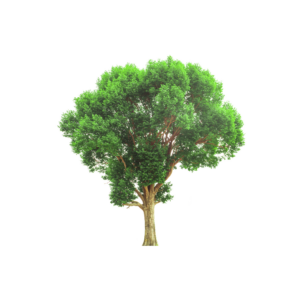 Most of us are familiar with many deciduous tree species, including oak, maple, birch, and apple trees. Deciduous trees are hardwood trees and you see their wood used in items like oak furniture, cherry wood kitchen cabinets, and maple flooring.
Most of us are familiar with many deciduous tree species, including oak, maple, birch, and apple trees. Deciduous trees are hardwood trees and you see their wood used in items like oak furniture, cherry wood kitchen cabinets, and maple flooring.
The most valuable part of a hardwood deciduous tree is its trunk. A tall, straight trunk produces strong, dense boards with beautiful grains.
Coniferous Trees
A coniferous tree is sometimes called an evergreen, as its leaves do not change color and fall in the winter. The leaves of a coniferous tree are its needles. These trees produce cones that contain seeds.
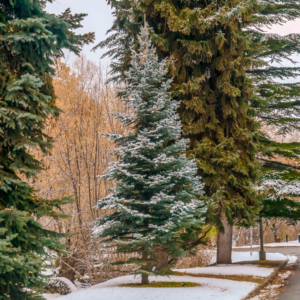
The wood of a coniferous tree is softer than deciduous wood and makes up the majority of timber harvested each year. Conifers are used for structural lumber and their wood pulp is used to make paper.
Trees and Pallets
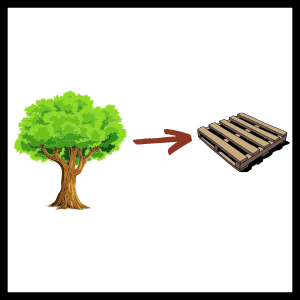
Pallets can be manufactured from either deciduous or coniferous trees. These are usually categorized as softwood or hardwood, with spruce, pine, and fir (SPF) as softwood examples and oak as a common hardwood example.
The pallet industry typically uses industrial grade wood products to manufacture packaging and pallets. All of the forest product industries strive to use as much material from the tree as possible. Beyond that, the wood pallet and container industry have attained a recycling rate of better than 95% of their core product.
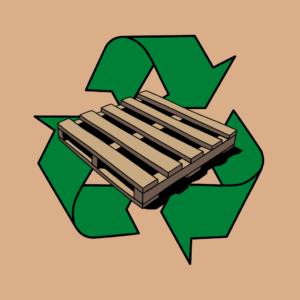
Trees and timber have been products of this country since its founding. Managed and conserved properly, trees are an incredible resource that still provide new and innovative values to this day.
Volunteering to plant and maintain trees in urban, recreational, and park settings is a great way to enrich the community and meet new friends.
Who knows? You may find a new path in the wood.
